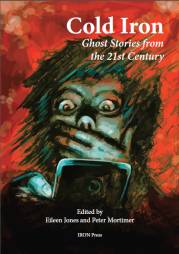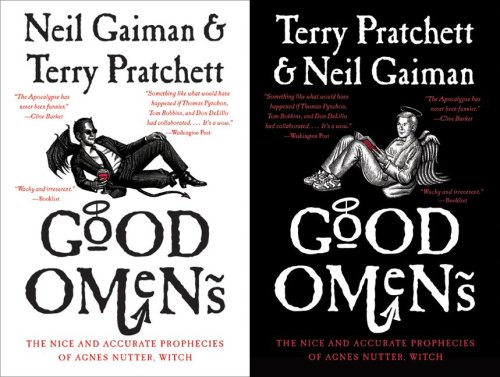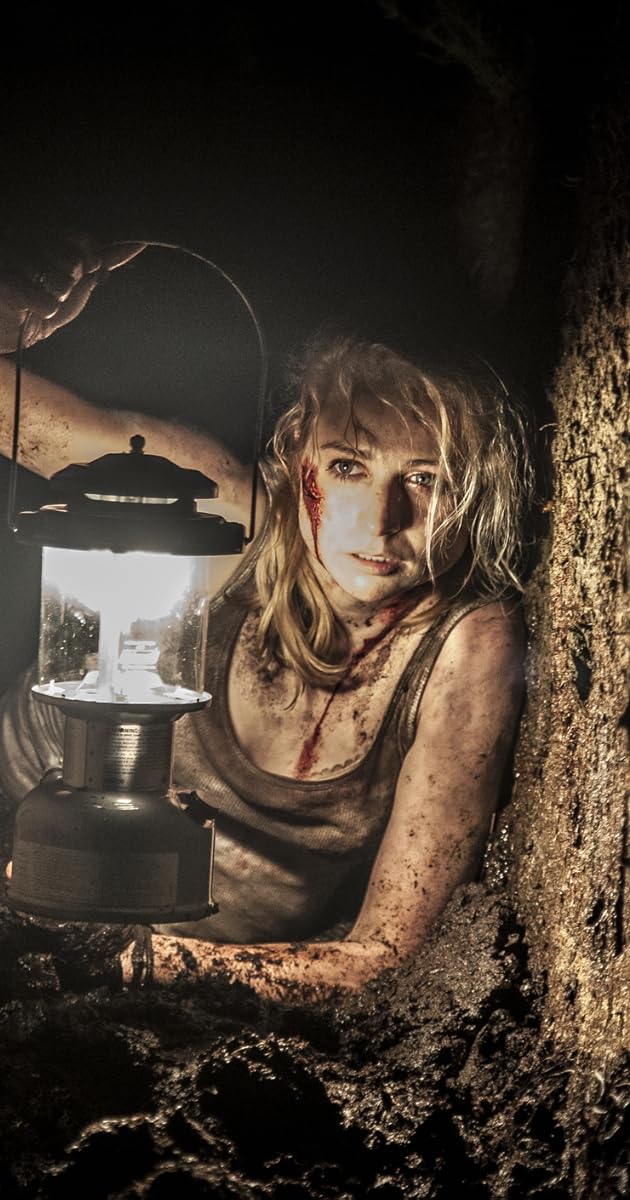
The second contribution to Darkly Haunting is by Colin Insole, a remarkable author whose approach is difficult to categorise. He is intensely realistic at times, yet his work is saturated with symbolism and dream imagery. He usually baffles me, but in a good way. Suffice to say that 'Bluebells I'll Gather' is one of his best yet.
The story begins with a striking prose-poem to Blitzed London, a 'city of the dead'. The very first line gives a precise date - Sunday, May 11th 1941. There is no Dad's Army muddling through here - the bleakness, the terrible inhumanity of war, are perfectly evoked. 'At times the city seemed like a corpse left too long in its shroud.' It is almost a relief when characters are introduced, yet the introduction has a strange richness.
The story's cast might have been culled from a Merchant Ivory film, but with a significant twist. Foremost is a doctor, working for the SOE and haunted by memories of the First World War and what preceded it. The doctor recalls an idyllic moment when he flirted with a young governess after he was bowled out in a village cricket match. The lord of the manor who presided over that event is still alive, but in reduced circumstances, all his sons killed in action. Then there is a stern matron dealing with bomb victims, some of whom experience strange reveries during weeks or months of unconsciousness.
Where is the ghost here? Who is still alive? Or is the entire world one of phantoms? I think I grasped the thrust of the plot, but more importantly I shared the author's artistic vision. There is a painterly quality to Insole's work that almost - but not quite - defies conventional narrative.
And on that thought, I will leave this running review for now. More to come soon.










_06.jpg)






